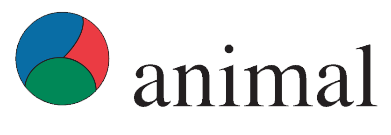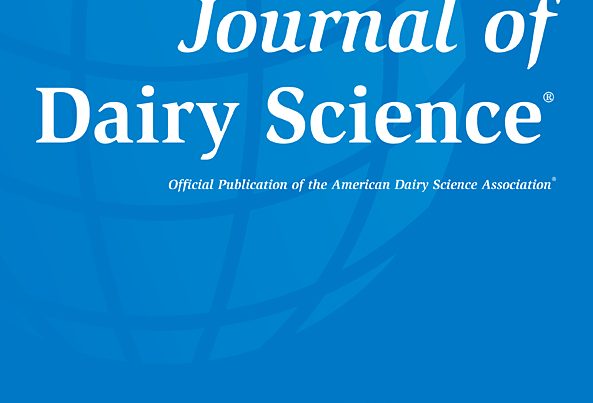Document type: Scientific article published in Animals
Authors: Giulia Ventura, Valentina Lorenzi, Francesca Mazza, Gianfilippo Alessio Clemente, Claudia Iacomino, Luigi Bertocchi, Francesca Fusi
Preview: The concept of animal welfare (AW) has many meanings. Traditionally, AW has been considered as freedom from disease and suffering. Nowadays, growing attention goes to the concept of "positive animal welfare" (PAW), which can be interpreted within the concept of quality of life (QoL), thinking about a "balance of positives over negatives" and a "life worth living". In this vision, where the QoL represents a continuum between positives and negatives, the Italian National Reference Centre for Animal Welfare (CReNBA), within the Istituto Zooprofilattico Sperimentale della Lombardia e dell'Emilia Romagna (IZSLER), has developed a welfare assessment protocol for dairy cows, heifers, and calves in loose housing systems, including both animal-based and non-animal-based indicators, in which not only hazards but also benefits are identified. This protocol is part of an integrated monitoring system called "ClassyFarm", belonging to the Italian Ministry of Health and developed by IZSLER. The aim of this paper is to extrapolate from the mentioned protocol, a list of 38 best farming practices (on managerial and equipment factors) for ensuring a high level of welfare in dairy cattle. All stakeholders (veterinarians, farmers, competent authorities, consumers, etc.) can benefit of these best practices as a guide or toolbox to ensure a life worth living for these animals.




